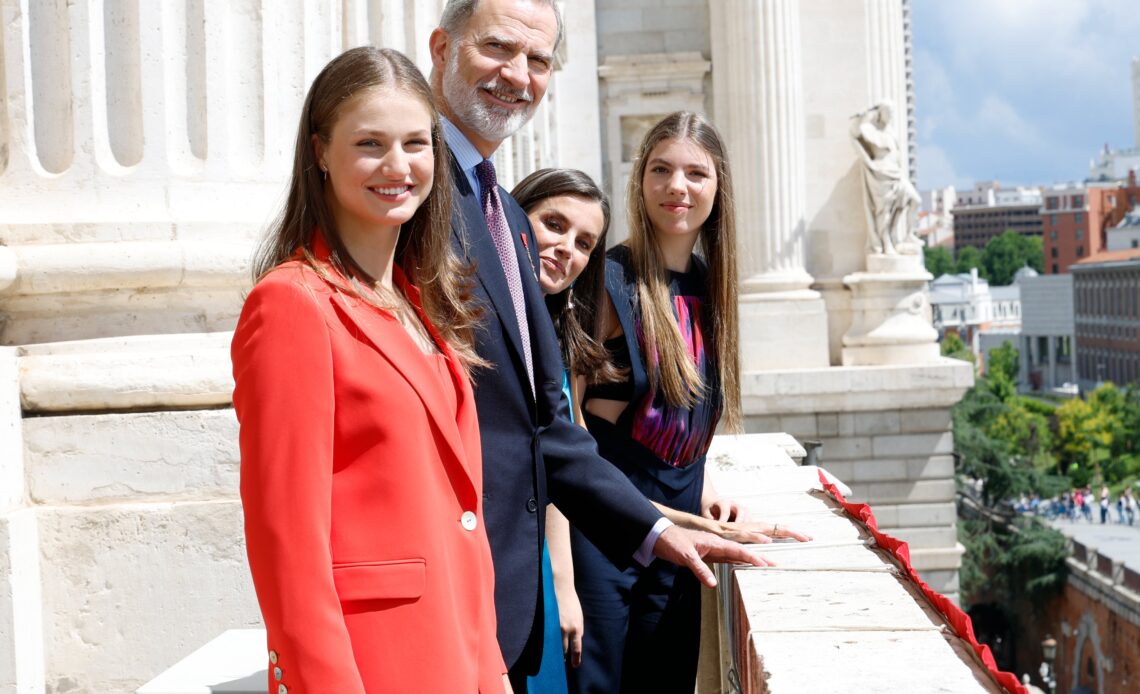
It was a sunny day in Madrid, on that 19th of June 2014. After a few chaotic years for the Spanish Monarchy, change was on the horizon, though few were willing to bet on it, mainly because the institution seemed to be set in stone, reluctant to change, after rocking the previous status quo.
Early in the morning, King Juan Carlos passed on the band of Captain General of the Armed Forces to his son, who had become King Felipe as midnight struck. The instrument of abdication had been signed on the evening of June 18th 2014 and took effect as that day passed into history, to be replaced by one that would be remembered forever in Spain.
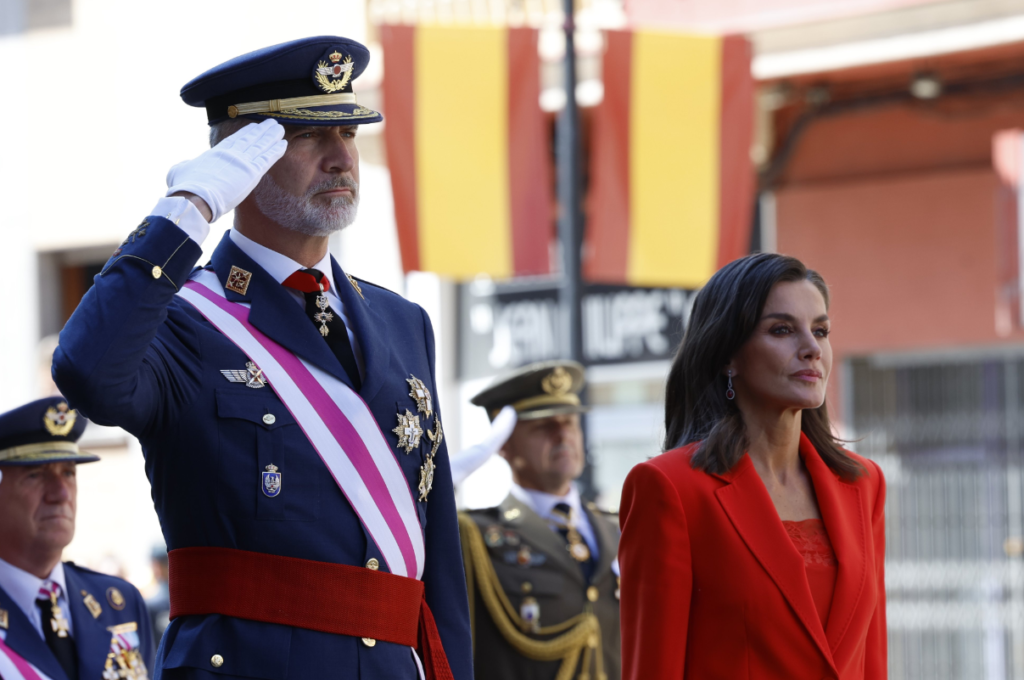
The main event took place later on, as King Felipe swore his oath of loyalty to the country, the Spanish Constitution and the parliamentarian nature of the Spanish Monarchy in front of a joint session of Congress and Senate, with his mother, Queen Sofía, proudly watching on.
After a balcony appearance, a lunch was offered to 2500 representatives of Spanish society, including Government members, and personalities from the world of business, sports, entertainment.
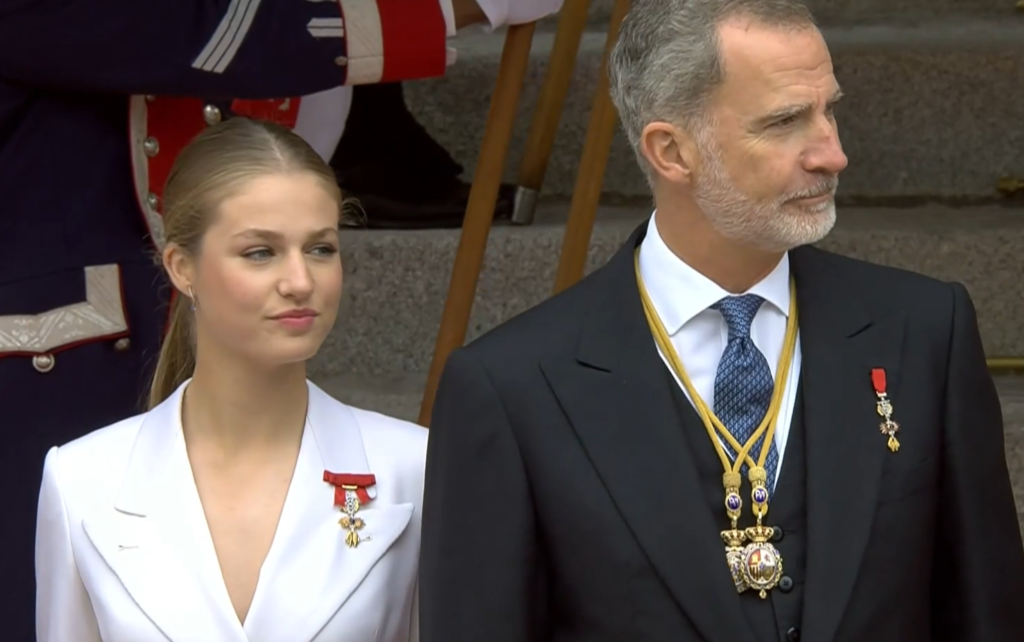
(Casa de S.M. el Rey/ X still/ fair use)
At the time, the more or less solid grip on power exerted by Mariano Rajoy’s PPE (Partido Popular Español) allowed the King to implement some quiet but fundamental reforms within the Spanish Monarchy.
Reforms that were much needed, as the public had lost trust in the institution: the lack of transparency, both in terms of finances and, more broadly, on the internal dynamics of the Royal Family, had led many people to become disillusioned.
In 2015, the first audit of the Spanish Monarchy’s finances came out, courtesy of King Felipe’s authorisation for an external body to go through them. The findings were a first step towards the restoration of the image of stability and public service that the new king wanted to project, as it emerged that the king had lowered his yearly allowance, and with that, the allowance of the entire family, as well as worked towards a redistribution of resources.
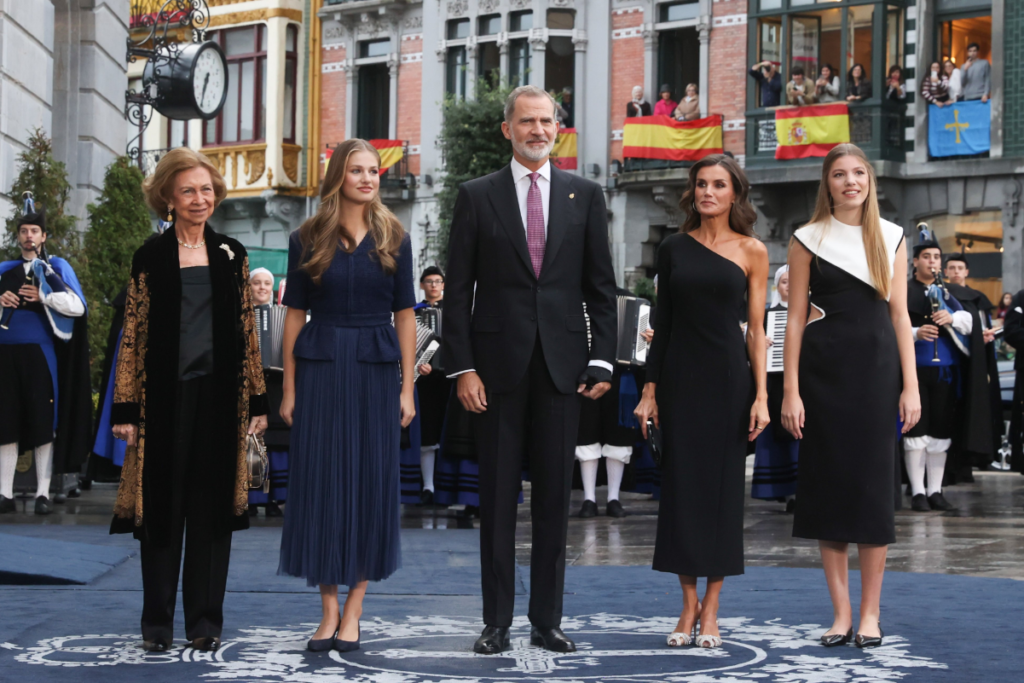
(Casa de S.M. el Rey)
Over the course of the past few years, that number has been further reduced, for the benefit of the State’s finances, as well as the public. Furthermore, King Felipe has decided to disclose that education for both his daughters would be privately paid for by both the King and Queen of Spain, meaning that their foreign studies would not mean an increase in public contributions to the Monarchy.
The first few years of King Felipe’s reign, therefore, were focussed on restoring the public image of the Spanish Monarchy, which had been tarnished by scandals over the last few years of King Juan Carlos’ reign – notably, the implication of Iñaki Urdangarín and Infanta Cristina in the Noos Case, involving embezzlement. Infanta Cristina would be acquitted but her then husband went to jail. There was further controversy over private (and expensive) travel plans that King Juan Carlos made during the country’s worst economic crisis, which portrayed him as detached from his people.
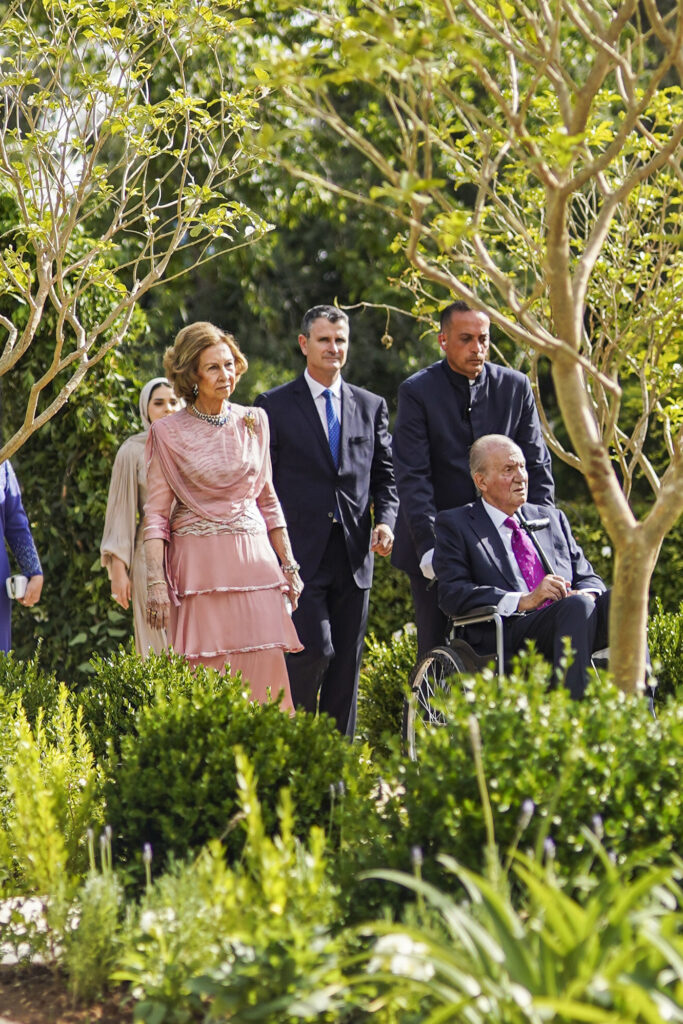
And then came 2016, and the start of the county’s political uncertainty. With the general elections yielding an unclear result, the King of Spain decided to instruct the leader of the most voted party to form a Government, despite them not having a parliamentary majority.
The Government lasted two years, before, in 2018, there was a change in political side, with Pedro Sánchez taking the role of Prime Minister, and elections being held in 2019, and then again in 2023. All of them required more than one round of consultations before King Felipe, as mandated by the Constitution, proposed a candidate for the role of Prime Minister.
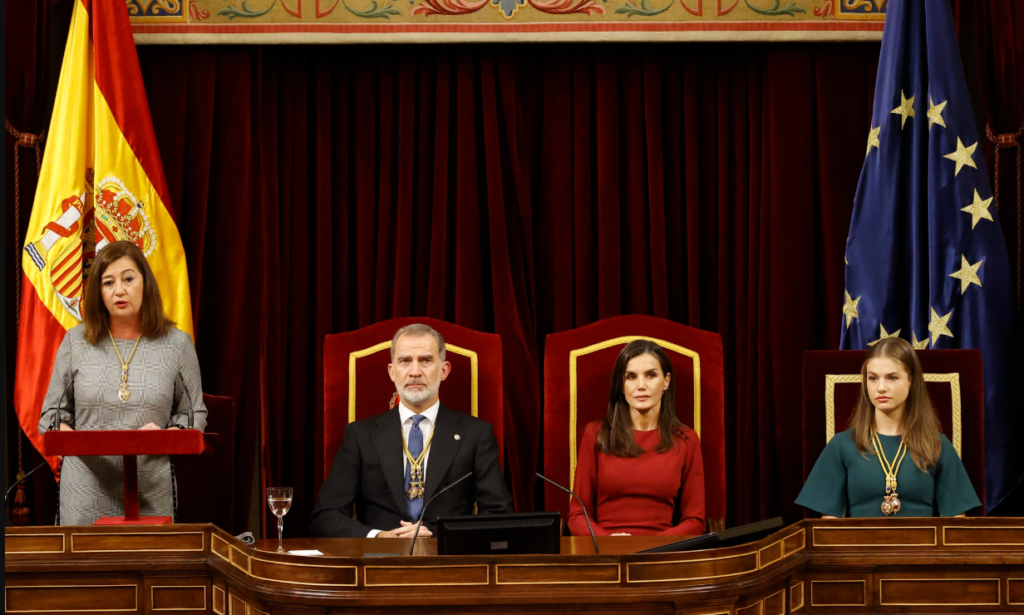
As for foreign policy, King Felipe’s younger age (compared to his father) allowed him to undertake many more foreign trips, between State Visits, Official Visits and working trips, with Queen Letizia pitching in and making a number of solo trips, both to support the causes closest to her heart and for international cooperation.
The increase of foreign trips also meant a timid and incremental rapprochement with other European Monarchies, which had been left on the back burner in the last few years of King Juan Carlos’ reign – in particular, there has been an improvement in relations with countries like the Netherlands and Denmark.

Another big focus for King Felipe has been Spanish-speaking countries, also known as Iberoamérica. Already as Prince of Asturias, King Juan Carlos’ son had been traveling to Latin America to attend summits and Presidential inaugurations – a trend that only increased since his proclamation in 2014.
Within the family, King Felipe’s reign has been marked by the ever-increasing drift between King Juan Carlos and Queen Sofía, with the first retiring from public duties in 2019, and then moving to Abu Dhabi in 2020, while the latter stayed in Spain and continued carrying out public engagements, although, after the pandemic, she has had to balance an increase of her family time, as she lost her brother, King Constantine of Greece, and is taking care of her sister, Princess Irene.
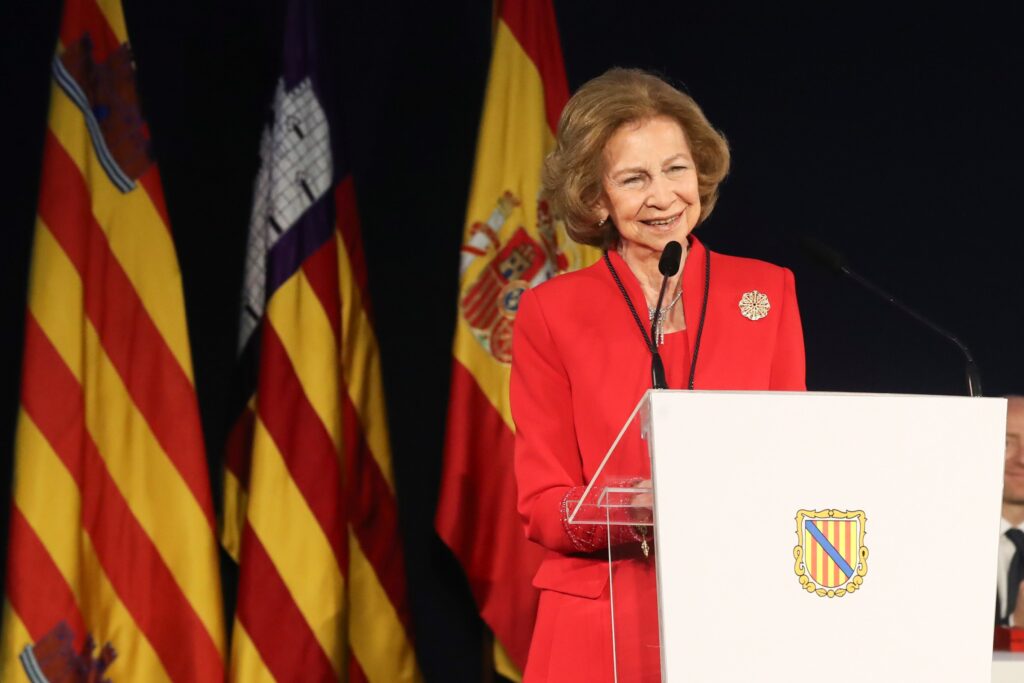
Meanwhile, the two young girls who flanked King Felipe as he was proclaimed have slowly but surely grown up into young women, with both taking on increasing public duties, at first accompanying their parents and, over the past few years, even on their own. Both of them have travelled to Wales to undertake the last two years of their school education, and Princess Leonor has undertaken the first of three years of military training that her future role requires of her.
Their matching educational paths have sparked the debate over the role that Infanta Sofía will play in a future Spanish Monarchy headed by Queen Leonor, as well as the discussion over the close bond the two sisters seem to share, both amongst themselves and with their parents – a stark contrast with the strained family ties between King Felipe and his sisters.
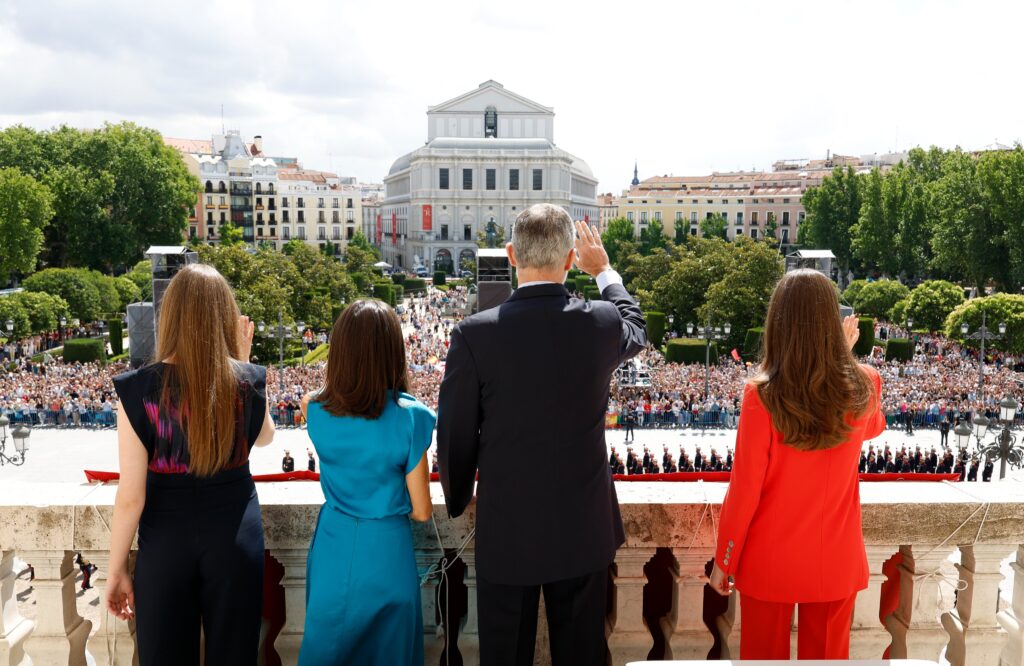
Ten years ago, the Spanish Monarchy was suffering from a lack of trust and enthusiasm, courtesy of a perceived increased distance between the people and the institution. In 2024, problems remain. King Felipe’s involvement in discussions that led to the latest general election and subsequent formation of a government led by a party with no majority caused unrest. Anti-Monarchists have been making their voices heard. But there is also an acceptance that King Felipe has helped rehabilitate the image of the Spanish Crown through an increased transparency and a willingness to show hard work and empathy for the citizens of Spain.
Over the next 10 years, a lot is going to change, with the King and Queen’s daughters growing up, furthering their education and undertaking an ever increasing number of public engagements. A Monarchy that Spain can trust its future with.

